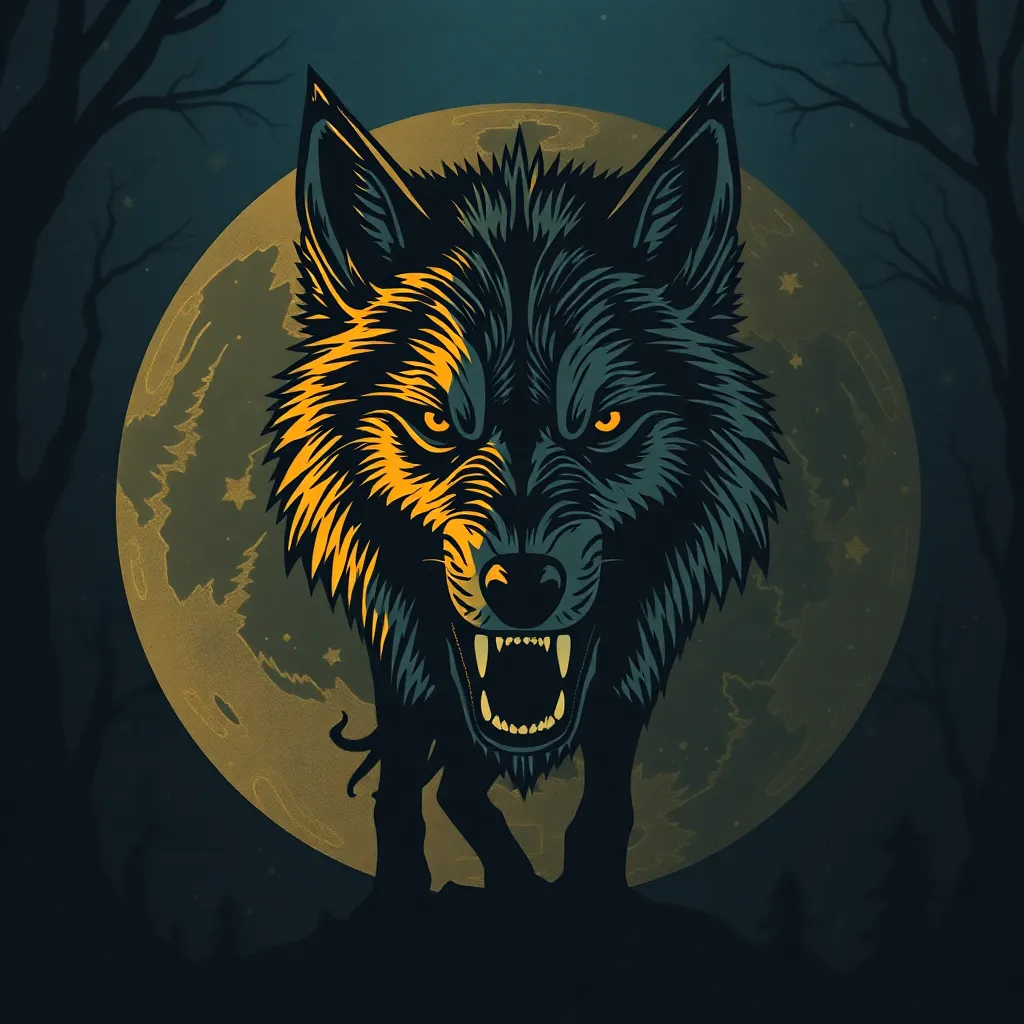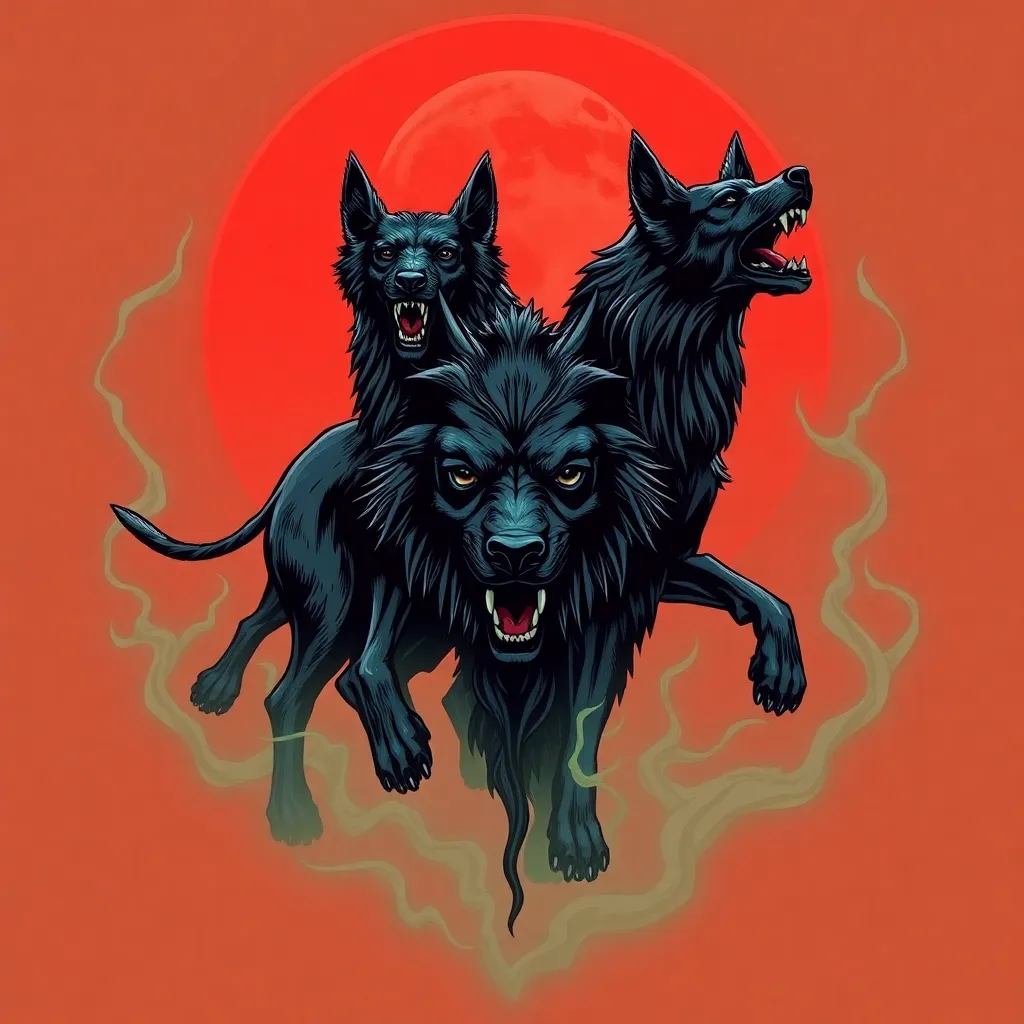Beyond the Veil: Ah Puch and the Maya Conception of the Afterlife
I. Introduction
The Maya civilization, known for its remarkable achievements in architecture, mathematics, and astronomy, boasts a rich cultural heritage that continues to captivate scholars and enthusiasts alike. At the heart of this ancient society lies a complex belief system regarding death and the afterlife, profoundly influenced by their understanding of the cosmos and human existence.
Central to these beliefs is Ah Puch, the god of death, who embodies the Maya’s intricate relationship with mortality and the afterlife. As a figure shrouded in both fear and reverence, Ah Puch represents not just the end of life, but also the journey that follows.
This article delves into the significance of Ah Puch within Maya mythology and explores the civilization’s beliefs surrounding death and the afterlife, shedding light on how these perspectives shaped their cultural practices and influenced their understanding of existence.
II. The Role of Ah Puch in Maya Mythology
Ah Puch, often depicted as a skeletal figure adorned with various symbols of death, plays a pivotal role in Maya mythology. His characteristics and symbolism provide insight into the Maya’s complex views on mortality.
A. Description of Ah Puch’s characteristics and symbolism
- Skeletal figure representing decay and the end of life.
- Often associated with darkness and the underworld.
- Symbolized by the color black and the owl, regarded as a messenger of death.
B. Ah Puch’s position in the Maya pantheon
Within the Maya pantheon, Ah Puch occupies a crucial position as one of the primary deities governing the afterlife. He is often depicted in various codices and inscriptions, illustrating his importance in religious and cultural contexts.
C. Myths and legends surrounding Ah Puch
Numerous myths highlight Ah Puch’s role in guiding souls to the afterlife. One such legend recounts his encounters with souls navigating the treacherous realms of Xibalba, where his influence determines their fate.
III. The Maya Understanding of Death
The Maya’s understanding of death transcended the mere cessation of life. They viewed it as a crucial transition in a cyclical process of life, death, and rebirth.
A. The concept of life, death, and rebirth in Maya culture
In Maya culture, life is viewed as a continuum, where death is not an end but a transformation into another state of existence. This cyclical view is reflective of their agricultural practices and the natural world around them.
B. Differentiation between physical death and spiritual continuation
The Maya believed in a dual existence: the physical body and the spiritual essence. While the body may perish, the spirit continues its journey, necessitating proper rituals to ensure a favorable transition to the afterlife.
C. The significance of rituals and ceremonies in the transition to the afterlife
Rituals played a vital role in preparing the deceased for their journey. Ceremonies often included:
- Offerings of food, clothing, and personal items.
- Rituals performed by priests to guide the soul.
- Community gatherings to honor the dead and support the bereaved.
IV. The Underworld: Xibalba
Xibalba, the Maya underworld, is a realm filled with both danger and opportunity, representing the final destination for souls after death.
A. Description and significance of Xibalba in Maya cosmology
Xibalba is often depicted as a dark, foreboding place, inhabited by various deities, including Ah Puch. It is both a physical and spiritual realm where souls confront challenges before reaching their final resting place.
B. The journey of the soul through Xibalba
The journey through Xibalba is fraught with trials, where souls must navigate obstacles that test their worthiness. Successful navigation allows them to reach a peaceful afterlife.
C. Key deities and challenges faced in the underworld
Souls in Xibalba encounter various deities, each presenting unique challenges. Some of the notable figures include:
- Hun-Came: One of the lords of Xibalba who embodies death.
- Vucub-Came: Another lord, known for his trickery and challenges.
V. Funerary Practices and Beliefs
The Maya employed elaborate funerary practices to honor the dead and ensure their safe passage to the afterlife.
A. Overview of burial customs and rituals
Burial customs varied among different Maya communities, but common practices included:
- Interring the deceased with offerings and personal belongings.
- Positioning the body in a fetal position, symbolizing rebirth.
B. The role of offerings and sacrifices in ensuring safe passage
Offerings, including food, incense, and sometimes animal sacrifices, were integral to funerary rites, believed to appease Ah Puch and other deities, ensuring a smooth transition for the departed.
C. Importance of ancestor worship and remembrance
Ancestor worship remains significant in contemporary Maya culture, where the memory of the deceased is honored through rituals, ensuring their continued presence and influence in the lives of the living.
VI. Comparisons with Other Mesoamerican Cultures
Examining Maya beliefs about the afterlife reveals both similarities and differences with other Mesoamerican cultures, particularly the Aztecs.
A. Similarities and differences between Maya and Aztec beliefs about the afterlife
Both cultures recognized the importance of the afterlife; however, their views diverged in aspects such as:
- The significance of human sacrifice in Aztec culture compared to Maya rituals.
- Different interpretations of the underworld and its deities.
B. Influence of other cultures on Maya death rituals
The Maya were not isolated; interactions with neighboring cultures led to the exchange of ideas that influenced their death rituals and beliefs, creating a rich tapestry of practices.
C. The broader Mesoamerican view of death and the afterlife
Across Mesoamerica, death was viewed as a transition rather than an end, emphasizing the importance of rituals in guiding souls safely to their next destination.
VII. Legacy of Ah Puch and Maya Afterlife Beliefs
The legacy of Ah Puch and Maya beliefs about death have endured, albeit altered by historical events such as colonization.
A. The impact of colonization on Maya beliefs about death
Colonization brought significant changes, including the suppression of indigenous beliefs. However, many elements persisted, often blending with Christian practices.
B. Preservation of traditions in contemporary Maya communities
Today, many Maya communities strive to preserve their traditional beliefs and practices around death, adapting them while maintaining their core significance.
C. Ah Puch’s representation in modern media and popular culture
Ah Puch has transcended ancient texts, appearing in modern literature, films, and art, often symbolizing the enduring fascination with death and the afterlife.
VIII. Conclusion
Ah Puch and the Maya beliefs surrounding death and the afterlife are not merely relics of the past but continue to hold significant cultural value. Understanding these perspectives enriches our comprehension of how different societies view mortality and the afterlife.
The enduring legacy of the Maya conception of the afterlife serves as a reminder of the universal human experience with death, highlighting the importance of cultural perspectives in shaping our understanding of existence.




